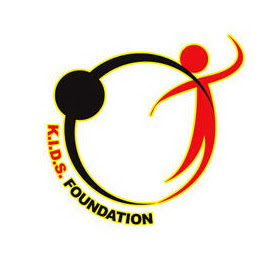New CPR Guidelines Emphasize Compressions First American Heart Association says press hard and fast, whether an expert or untrained. The simplified form of cardiopulmonary resuscitation, or CPR, focuses on giving chest compressions to keep the blood -- and the oxygen in the blood -- flowing to the heart and brain.
If after you give 30 hard and fast chest compressions, you are trained or can perform mouth to mouth, do 2 one second breaths, then repeat 30 compressions until the AED arrives, you see signs of life or until ems or someone higher trained takes over.
If you are not trained, or are unsure or do not have a barrier device for mouth to mouth, you may then press hard and fast in the center of the chest by pressing down with two hands compressing the chest 2 inches at a rate of at least 100 per minute. This is, of course, a lot faster than one per second. This is also higher than the old standard of "about 100 per minute"..now it states, "at least 100 per minute".
Adults and children's chest should be compressed 2 inches, while infants 1.5 inches. Everyone should get "CAB" trained as soon as it is available. Compressions first or "CAB" is now going to be standard. This is Compress, then check airway and do 2 breaths. Lay persons may do compression only, hands on, or "Hands Only" cpr if untrained or unable to do breaths. Here, the layperson just focuses on deep, hard compression of the chest to circulate the oxygenated blood to organs and the brain.
http://ezinearticles.com/?New-American-Heart-Association-2010-CPR-Guidelines-Update-For-New-CPR-AED-Rules&id=4750625
If after you give 30 hard and fast chest compressions, you are trained or can perform mouth to mouth, do 2 one second breaths, then repeat 30 compressions until the AED arrives, you see signs of life or until ems or someone higher trained takes over.
If you are not trained, or are unsure or do not have a barrier device for mouth to mouth, you may then press hard and fast in the center of the chest by pressing down with two hands compressing the chest 2 inches at a rate of at least 100 per minute. This is, of course, a lot faster than one per second. This is also higher than the old standard of "about 100 per minute"..now it states, "at least 100 per minute".
Adults and children's chest should be compressed 2 inches, while infants 1.5 inches. Everyone should get "CAB" trained as soon as it is available. Compressions first or "CAB" is now going to be standard. This is Compress, then check airway and do 2 breaths. Lay persons may do compression only, hands on, or "Hands Only" cpr if untrained or unable to do breaths. Here, the layperson just focuses on deep, hard compression of the chest to circulate the oxygenated blood to organs and the brain.
http://ezinearticles.com/?New-American-Heart-Association-2010-CPR-Guidelines-Update-For-New-CPR-AED-Rules&id=4750625























































